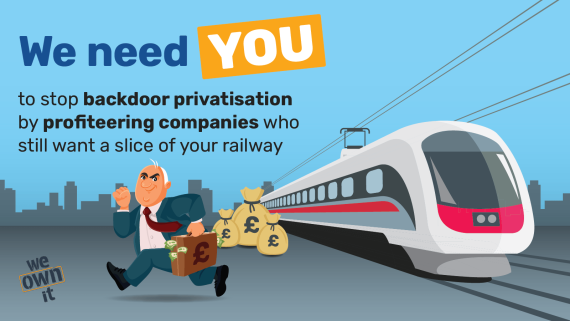Bletchleyite
Veteran Member
Isn't this part of a blatant attempt by First to undermine the Government's plans for the railways? More open access will result in less income for the new nationalised GBR, while the addition of more trains to the network will put pressure on performance, something that the Government wants to improve. At least Heidi Alexander appears less enthusiastic than her predecessor as she can see the pitfalls. Apols in advance for any digression.....
To be honest I don't think they are trying to undermine anything, I would question whether FirstGroup are that competent

More likely they just want to keep their profitable finger in the pie - and so far Lumo has done quite well for them on the background of the fact that the main criticism of the railway is the price.

